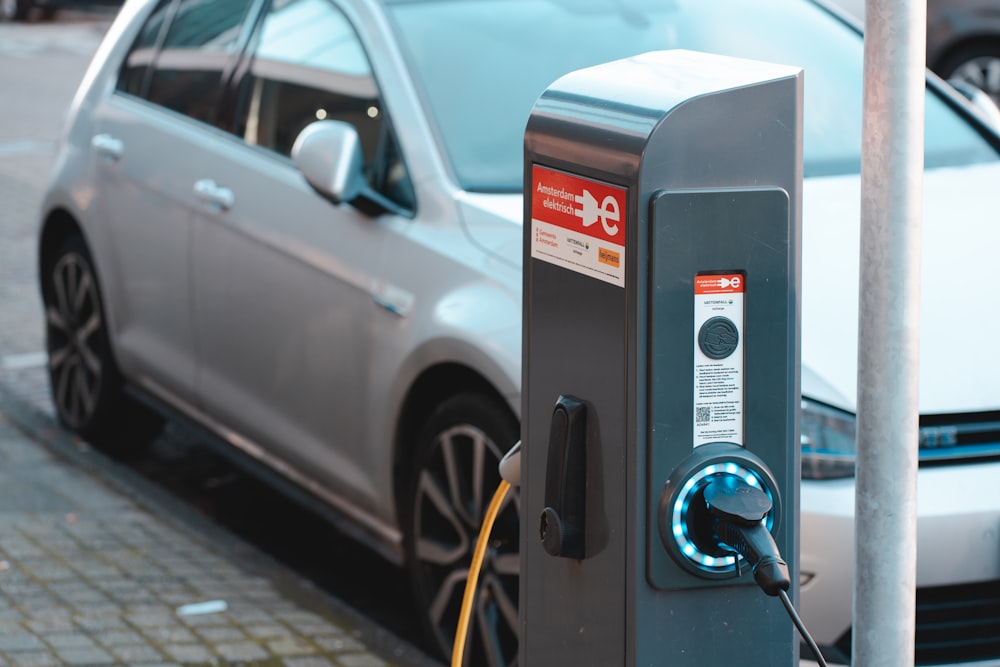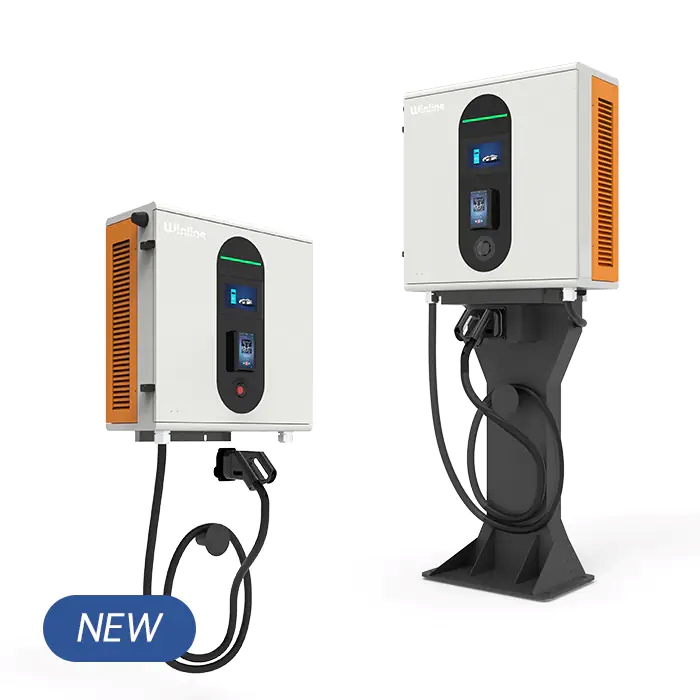Electric vehicle sales have taken off around the globe, particularly after 2002. According to the IEA, around 14 million new electric cars were registered globally just last year.[1] This ongoing trend spreads the deployment of EV charging stations to satisfy the power need.
Before you integrate EV charging piles into your fleets or buildings, ask yourself one thing: are you familiar with EV charging solutions? No worries. This article will help delve into different types of EV charging solutions, giving a comprehensive analysis of Level 1 vs. Level 2 vs. Level 3 charging.
Level 1 vs. Level 2 vs. Level 3 Charging
There are three basic types of EV chargers – Level 1, 2, and 3, respectively. These levels denote the power output and speed of each charging station. Here is a detailed overview of Level 1 vs. Level 2 vs. Level 3 charging stations:
What Is A Level 1 Charging Station?
Level 1 charging stations use a standard AC power supply, typically 120 volts. All they need is a 120V outlet and a charging cable with an EVSE (Electric Vehicle Supply Equipment) plug that connects directly to the EV’s charging port.
Level 1 chargers take the most straightforward installation and have a relatively slower charging speed. They are mostly found for home use because, after 9 hours of overnight charging, the owner can usually get an EV with a “full tank”.
What Is A Level 2 Charging Station?
Level 2 charging stations operate on a higher voltage, usually 240V. They require a charging unit, often referred to as an EVSE or charging station, which is connected to the vehicle via a charging cable.
As Level 2 chargers demand a high-voltage circuit, professional electricians should be employed to ensure compliance with electrical codes and safety standards. The higher voltage indeed comes with a quicker charging speed. Level 2 chargers can provide 10-60 miles of range in an hour of charging, whereas Level 1 chargers typically add 3-5 miles of range per hour of charging.
The reduced charging time makes them suitable for more scenarios, including workplaces, public parking lots, and commercial areas.
What Is A Level 3 Charging Station?
Finally, Level 3 charging stations are the fastest EV charger on the market. Also known as DC fast chargers, they utilize high voltages, typically over 400V. Unlike Level 2 and Level 2 charging, Level 3 charging delivers DC power directly because the EV charger modules do the job. That’s why they come with the quickest charging speed.
Due to their specialized design, Level 3 charging stations are equipped with a complex installation. Additionally, they require a special CHAdeMO, CCS, or Tesla Supercharger connector, depending on the network.
Given their exceptional charging capabilities, the Level 3 EV charger cost is much higher.
Here is an overview of Level 1 vs. Level 2 vs. Level 3 charging stations.
Level 1 vs. Level 2 vs. Level 3 Charging | |||
Type Specs | Speed | Cost (General Data) | Application |
Level 1 Charging | 3-5 miles of range per hour of charging | Minimal (even the Level 1 charger can be provided during the EV purchase) | Residential (home use) |
Level 2 Charging | 10-60 miles of range per hour of charging | $700~$1,800(residential) ~ $12,000+ (commercial) | Residential/Commercial |
Level 3 Charging | 75-1,200 miles per hour of charging | $40,000 – $175,000 | Industrial/Commercial |
How To Choose The Best-Suited Charging Stations
Now that you know the difference between Level 1 vs. Level 2 vs. Level 3 charging, here are the factors you must weigh to make your final decision.
Vehicle Compatibility
First things first, assess what electric vehicles the EV charging station will handle. Ensure that the charging infrastructure you select is not only compatible with the current charging connector types but also scalable to accommodate future vehicle models. Evaluate the charging speed requirements based on your fleet’s battery capacities and charging capabilities to optimize operational efficiency.
Operational Need Analysis
Conduct a thorough analysis of the operational demands. For organizations with limited travel requirements, Level 1 and Level 2 charging stations may suffice. However, for those with extensive travel needs or a focus on long-haul transportation, Level 3 charging stations are essential to minimize downtime and ensure continuous operations.
Economic Budget
Finally, consider the whole budget plan. To make the most cost-effective decision, you may turn to a professional EV charger manufacturer, like Winline, for specialized advice.
Winline‘s Leading Fast Charging Stations
Winline is a leading EV charging manufacturer. With nearly 200 talented engineers, we offer top-rated charging stations, charger modules, and more; you can explore our leading products below:
The Electree Cactus is a Level 3 DC charging station capable of delivering 30 kW -40 kW for quick recharging. It is ideally meant for use in residential, commercial, and industrial deployments. It provides a high output of 200-1000 V DC. Its robust material design and wide operating temperature (-30 ~ +50°C) make it ideal for use indoors and outdoors.
The Electree Cypress is one of our premium super-fast DC charging stations designed for the European market. It delivers 120 kW-160 kW of power for ultra-fast EV charging. Like the Electree Cactus, it features a durable design and several certifications (CE & CB & UKCA & TR25 & ADQCC & RCM) to back it up.
Final Thoughts
Now that you know the difference between Level 1 vs. Level 2 vs. Level 3 charging, you are equipped to find the best match for your needs. If you are looking for the best-suited EV charging solutions, feel free to contact Winline for details. We have 280,000+ EV charging stations in service in over 40 countries and regions. You can rest your trust in our professionalism and thoughtful services.
Reference Link:
[1] IEA, “Trends in electric cars”. Available at: https://www.iea.org/reports/global-ev-outlook-2024/trends-in-electric-cars (Accessed on 5th June, 2024)



